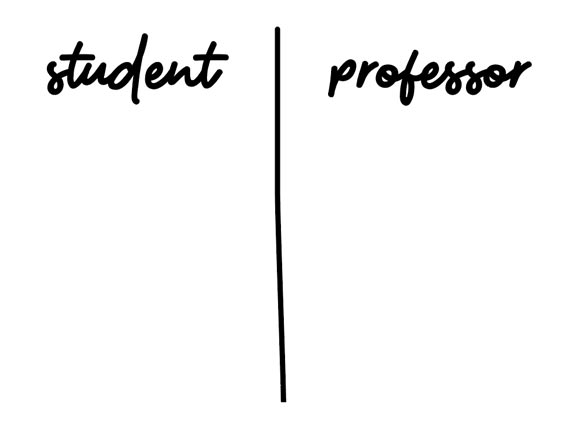TOEFL iBT Test – Tips for the Listening Section

If you intend to study in the U.S., you will soon find yourself involved with the preparation for the TOEFL iBT test. Any university and college will ask you for a TOEFL score. Every institution has different requirements. To apply for some, you will need a score of 80 while for others 90 or 100 out of 120. Some colleges, furthermore, may ask you for a specific minimum partial score in one of the four sections of the test. In my previous post, I talked about “how to beat the reading section.” Here, I will give you some tips for the listening part.
Tips for the listening section
The reading section is followed by the listening section. You will be given approximately 41 minutes to complete it. The listening consists of two parts, and each part includes one conversation and at least one academic lecture. One part will consist of one campus conversation and one academic lecture, while the other will include three passages, one campus conversation, and two academic lectures.
First of all, in the actual test, the listening part follows the reading part. That means that you will be very tired after 54 or 72 minutes spent on the reading part (I tell you this from my personal experience!). Take this into the account while you are practicing for the test day. You should work on stress management to beat this section. Indeed, the most important thing for the listening part is FOCUS, and note taking will help you in this task.
In fact, during the listening section, you can take notes. First, it’s not recommended to write down everything. You should write down: the main idea, why the speaker says something, and important details such as names, places, dates, and other specific ideas. Indeed, if you write down everything you hear, the risk is to get distracted and lose important details. On the other hand, if you just listen without taking notes, you will be distracted anyway because you will be tired after the reading section. So, in a nutshell, use note taking as a tool to get focused on what you are listening to. But remember that this is not the writing section! Let’s take a look now at how to take notes for the two kinds of listening that you will find in the test.
How to take notes for the conversations
Two of the listening parts will be conversations between a student and a professor or another university employee. For this kind of listening, you will draw a line in the middle of your scratch paper (Note: If you are taking the Home Edition, you can’t use papers. So, you need a hand whiteboard instead!). On one side you will take notes of the important details said by the student, and on the other side, the ones by the professor. In this way, your mind is focused on the conversation, and it acknowledges important details and who is saying so.
The following picture shows how your scratch paper (or whiteboard) will look like:

Example of the scratch paper for the conversations
How to take notes for the lectures
The other listening parts are academic lectures. In this case, you can use a “bullet format.” Every time you hear a detail such as a date, name, place, or something you consider important for the meaning of the lecture, you will write it down. Put everything as a list of contents. Then, connect content between them using keywords. In fact, at the end, you will have a chronological order of the details heard in the passage. This is very useful because the questions follow chronological order as well.
The following picture shows how your scratch paper (or whiteboard) will look like:

Example of the scratch paper for the lectures
After each listening section, you will be asked to answer questions about the main idea, author’s purpose, and details heard in the lecture or in the conversation. For this reason, while you are listening, try to foresee these questions. With practice, you will soon understand the logic that test makers use. And you will beat this section as well.
Free websites where you can practice for the TOEFL iBT test
These strategies and tips are not magic or superstition. They need the practice to be effective. It is like when you are learning how to play an instrument. You need to spend time on it applying the correct exercises. The same is with the TOEFL iBT test. The more you practice (correct strategies), the better and faster you become answering the questions.
Here there are some websites that you can use for free for your test practice:
Toeflbank.com – a Korean website where you can practice the 4 sections. I like this tool because it is the only one that gives you feedback also for the speaking and the writing part. Moreover, with your free account, you will get advice on how to get your score goal.
Weixue100.com – a Chinese website that contains tons of free tests. Nice for practicing all sections, but particularly the reading part because you can choose one passage at a time.
Zabanexam – an Iranian website that contains full free practice for the four sections. There is only one limit: outside Iran, you need a VPN to use it.
Keep following studyusa.com for more posts about TOEFL iBT test tips. In the next few weeks, you will find other tips for the other two sections (Speaking and Writing).
For Tips and Strategies for the Reading section – click or tap here!
Pietro Rossini is a Xaverian Missionary and ESL student at Framingham State University. He came to the U.S. in January 2020 with the purpose of studying for a master of arts in journalism at Boston University. His dream is to collect and share stories of humanity around the globe, making the world a single family.


























